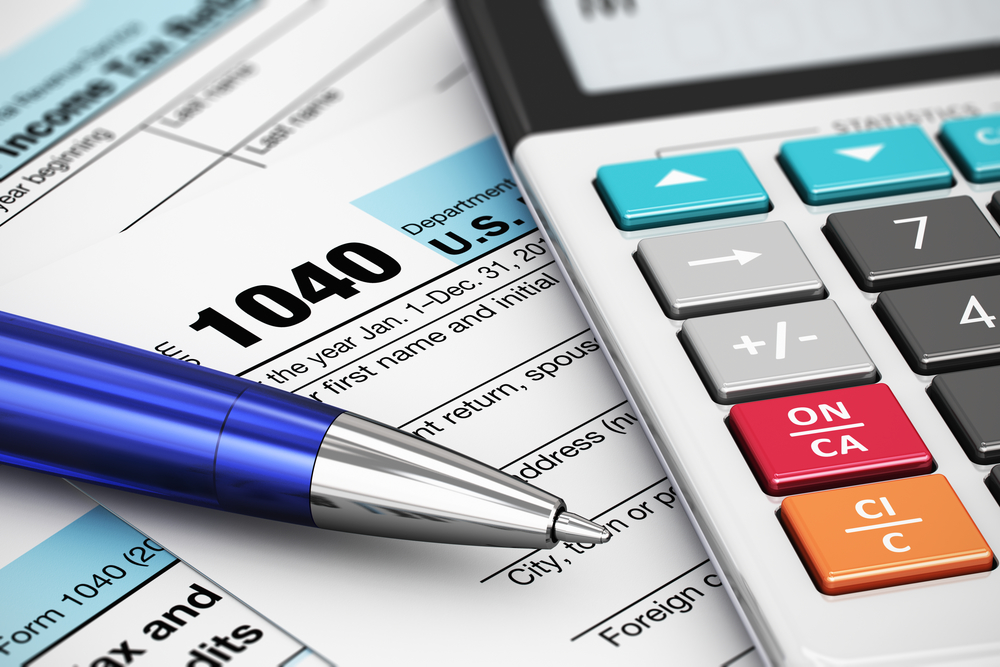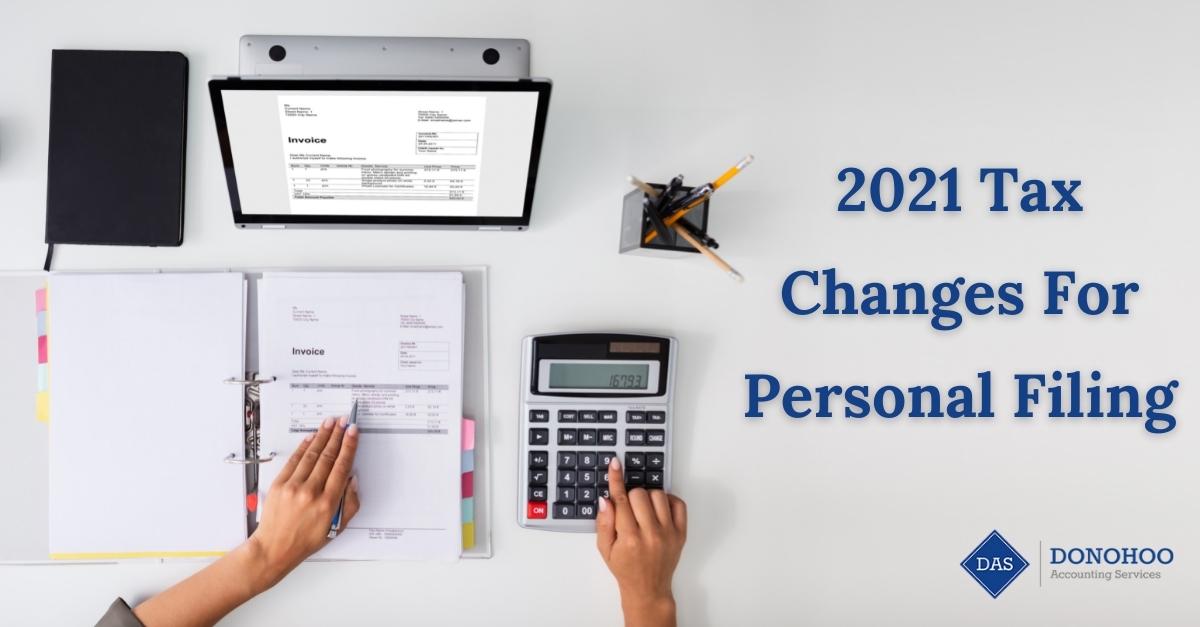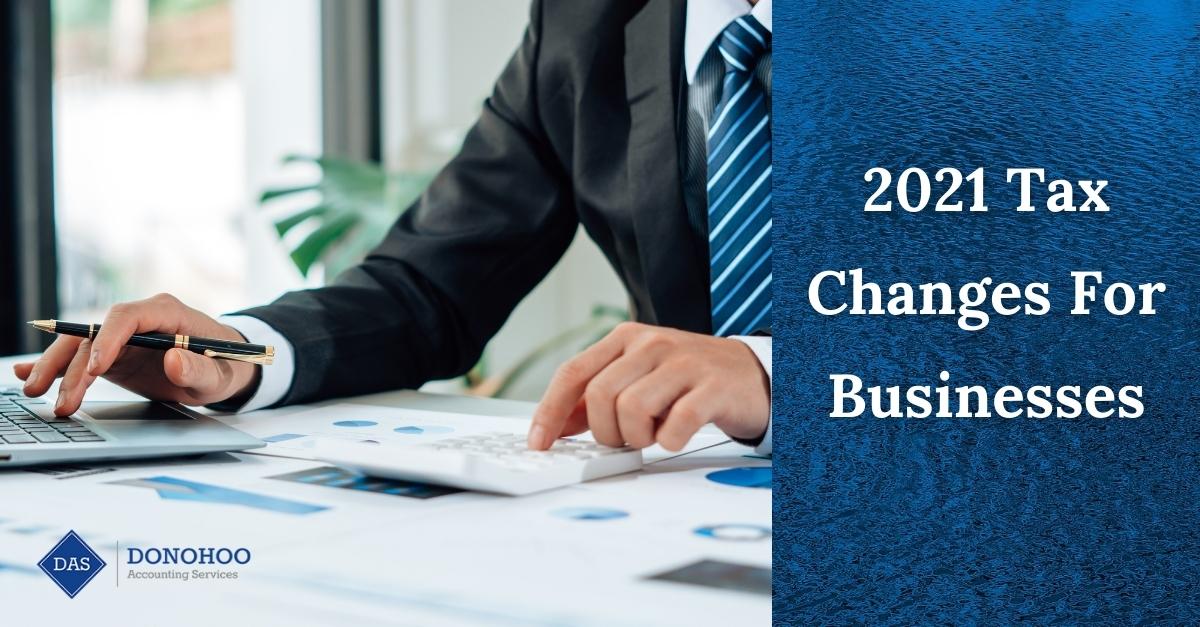Don’t Pass Up the Earned Income Tax Credit
Anyone who works should see if they qualify for the Earned Income Tax Credit. While the EITC is most often associated with families, it can still work for certain people who are single and don’t have children. The reason it’s worth looking into this credit is it can reduce the taxes you owe. In fact, it will be refunded even if you don’t end up owing any taxes. Given that more than twenty percent of the people who are eligible for this credit fail to claim it (with single workers who have no children being the largest demographic within this group), looking into this topic is something that can pay off for you in a significant way.
2016 EITC Income Limits and Credit Amounts
As mentioned above, both single and married taxpayers may qualify for the EITC. The income limits we’re going to cover apply to both earned and adjusted gross income. This credit is available to an individual with no children who makes less than $14,880. The limit goes up to $39,296 for one child, $44,648 for two children and $47,955 for three or more children.
For a married couple filing jointly with no children, the limit is set at $20,430. It goes up to $44,846 for one child, $50,198 for two children and $53,505 for three or more children. Both individual and married filers can only have investment income of up to $3,400.
The amount of the EITC depends on how many children a filer has. This credit starts at $506 for those with no children, then increases to $3,373 for filers with one child. The maximum EITC for two children is $5,572 and $6,269 for those with three or more children.
A Quick Note About Delays
Because of the PATH Act, early filers who claim the EITC or Additional Child Tax Credit may experience a slight delay in getting their refund. For a full explanation of this issue, be sure to read our previous post – New Federal Tax Law May Affect Some Refunds Filed In Early 2017.
The Simplest Way to Check and Claim the EITC
If you have any questions about your eligibility for this credit or have concerns about making a mistake in claiming it, Donohoo Accounting Services can help. With over two decades of experience, our tax return preparation service will take care of checking your EITC eligibility, calculating the exact credit amount and ensuring all necessary information is filed out to claim it. You can also easily get in touch with our office by calling 513-528-3982.






